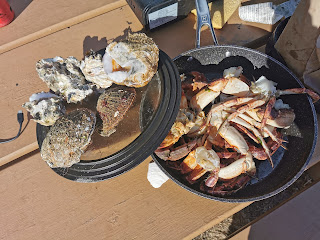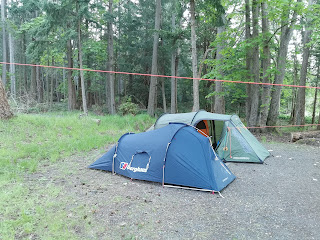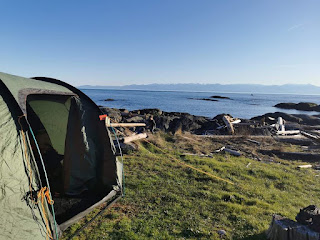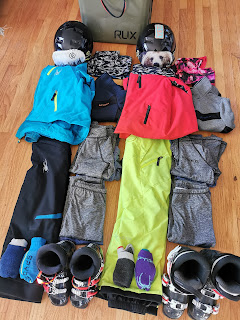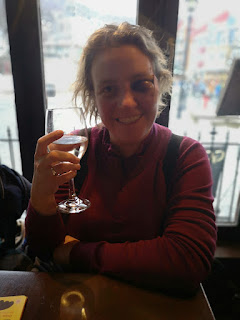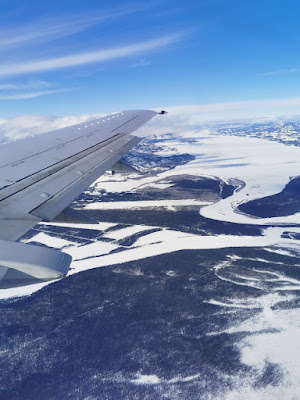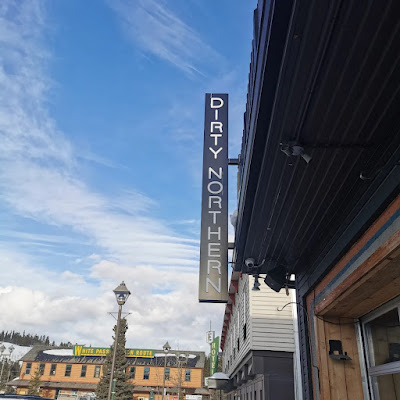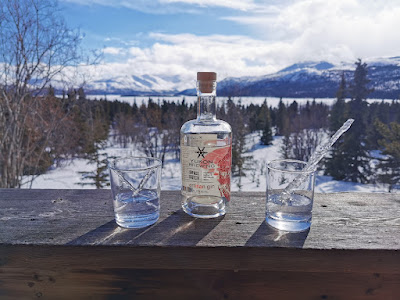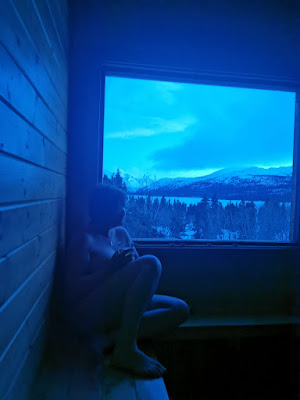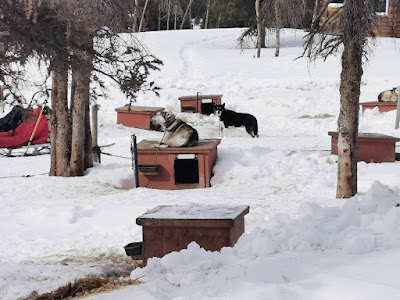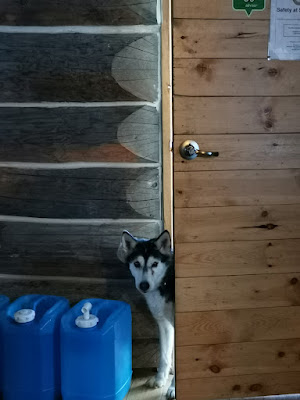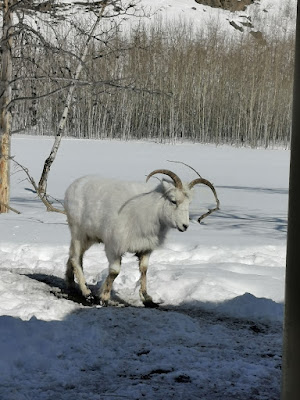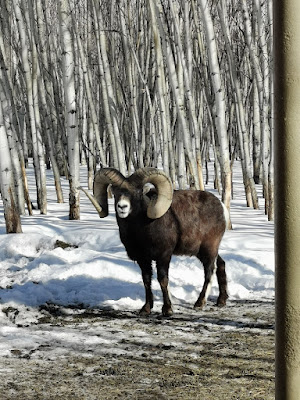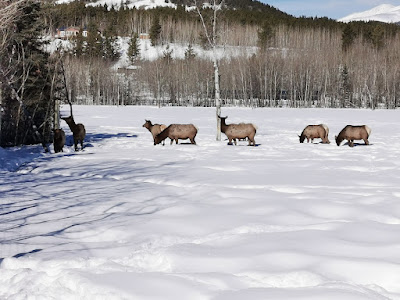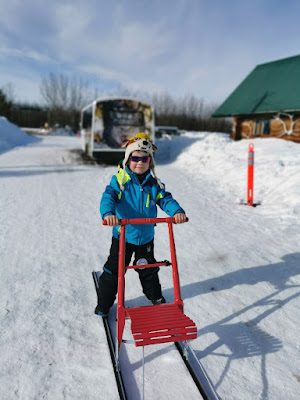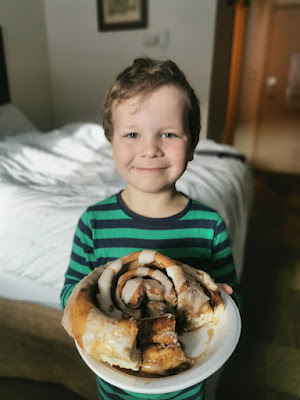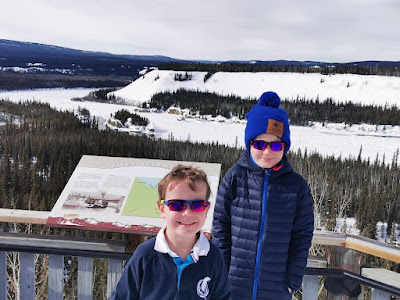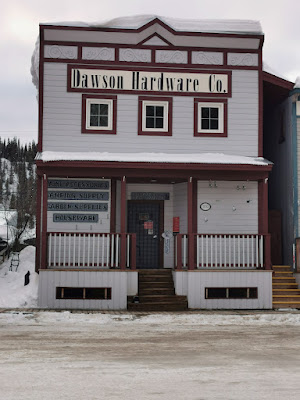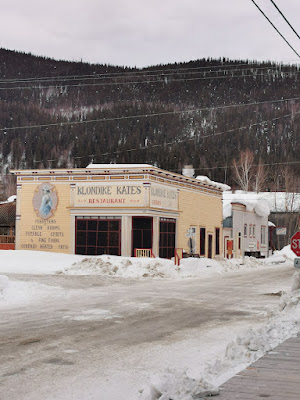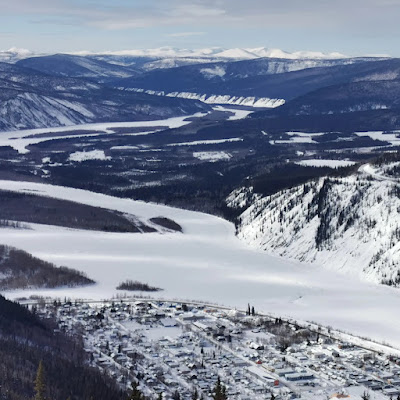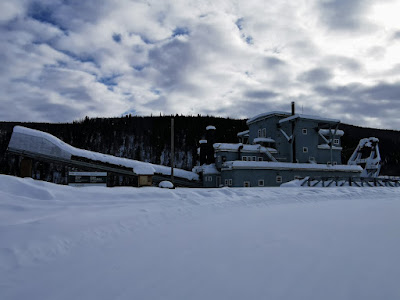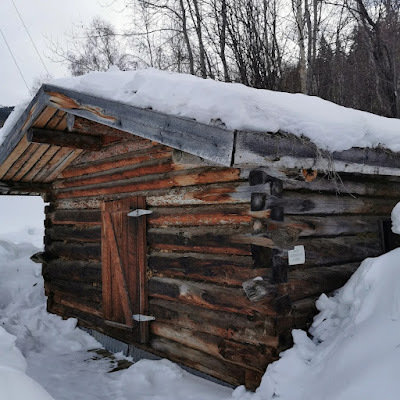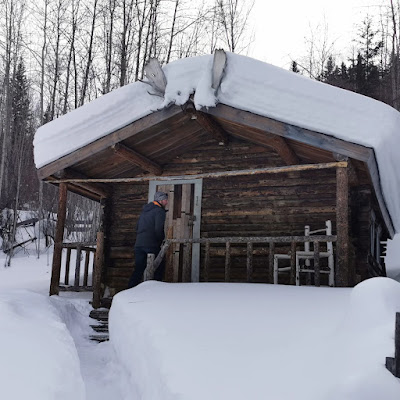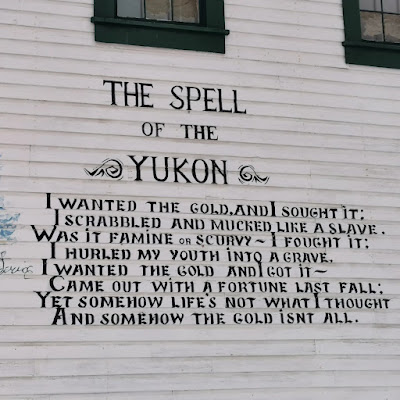We spent a lot of last Summer backcountry camping in the Southern Gulf Islands, and we're hoping to do a lot more this season.
Just a boat ride away from Vancouver Island in British Columbia, the Southern Gulf islands contain some beautiful campsites; they're managed by Parks Canada, as part of the Gulf Islands National Park Reserve, or as Provincial Reserves by BC Parks. Each island and campsite is very different, so we haven't ranked them in any particular order, but this is what we think are the best backcountry campgrounds (of the ones we've explored so far!) in the Southern Gulf Islands to inspire your next trip.
Top 5 Southern Gulf Islands Backcountry Campsites
1. Sidney Island
Sidney Spit campground is technically a frontcountry campsite according to Parks Canada, however it can only be accessed by boat and has no fresh water, so it definitely feels like a backcountry site to us!
Getting There
Despite the backcountry feel, Sidney Spit is actually one of the easiest campgrounds in the Southern Gulf Islands to access. It's only about 2.5 nautical miles from the boat launch in Sidney on Vancouver Island; so easily manageable in a small motor boat, or even by kayak. If you don't have your own boat you can also get to the island as a foot passenger on the
Sidney Spit Ferry from Port Sidney Marina (bookings are recommended).
It's about a 20 minute walk from the ferry landing / boat mooring pontoons, but there are wheelbarrows available for your kit. If you're taking your own boat / kayak you can actually land on the beach near the campsites, just make sure you stay out of the lagoon, which is a protected nature reserve with no access (even non-motorised).
The Campsites
There are 29 individual campsites with picnic benches, and one group camping area. There is a covered picnic / BBQ area with food caches, and two pit toilet facilities. There is no potable water. Booking is highly recommended through the Parks Canada website.
Why we love it
Sidney Spit is a great intro to boat camping, it's so close to Sidney that if you forget something you can just nip back over! There are two great sandy beaches, one beside the campground and the other on the spit. It is one of the larger sites we're recommending, so doesn't have the full remote feeling, but is much quieter once the last ferry leaves. The lagoon beside the campground is full of wildlife; we saw a huge family of otters swimming right by our campsite, as well as a group of hunting harbour seals breaching out of the water, and literally hundreds of sea birds. From Sidney Island you can also explore some of the further away Gulf Islands. The Penders (North and South) are some of our favourites, the pub at Port Browning Marina and travelling up the Pender Canal are definitely worth the trip. We've seen Humpbacks or Orca from the boat every time we've been out to Pender!
2. Saturna Island
Our favourite campsite on Saturna Island is at Narvaez Bay, it's a sheltered cove protected by the East Point peninsula on the south eastern coast of Saturna.
Getting There
Saturna was one of our longest boat trips last summer at around 15 nautical miles from our preferred boat launch at Sidney. There are no moorings or pontoon at Narvaez, but the bay is very sheltered and we just left the boat on the beach overnight, tied to a big tree!
If you don't have access to a boat, you can also get to Saturna Island with
BC Ferries from Swartz Bay on Vancouver Island or Tswassen on the mainland (as well as from some of the other Gulf Islands). If you're coming this way it's 1.7km each way from the parking area. A few other campers had hiked or biked in to the campground while we were there.
The Campsites
There are only 7 campsites at Narvaez Bay campground, so get in quick with your bookings through Parks Canada. Nestled under the trees, most have lovely views over the bay. There are pit toilets, but no potable water.
Why we love it
East Point on Saturna is a well known spot for whale watching, and last time we headed out to Narvaez Bay we were treated to an amazing display of aerial acrobatics by a large pod of Orca. The sheltered cove is the perfect place to leave the boat overnight. Narvaez has that great backcountry remote feel due to it's small size, but it is a longer trip in the boat to get there!
3. Princess Margaret (Portland) Island
Our preferred spot on Portland Island is the Shell Beach campground. All of the Campsites on Portland are first come first served, so if you can't get in to Shell Beach, there are two more options around the island; Arbutus Point and Princess Bay.
Getting There
Portland Island is only accessible on your own boat / kayak or by private marine charter. Shell Beach is about 5 nautical miles from the Sidney boat launch.
Again there are no mooring facilities, but we just beached the boat. There can be a fair bit of swell in the bay, mostly from the passing BC Ferries, so make sure you are anchored well or firmly beached.
The Campsites
There are 6 campsites at Shell Beach, 12 at Princess Bay and 6 at Arbutus Point. There are pit toilets, picnic benches, and food caches, but no potable water. There are better mooring facilities at the other campgrounds, but we preferred the location of Shell Beach.
Why we love it
Shell Beach is a beautiful, quiet, spot with great views from each site, but it's relatively close to Sidney, so still pretty easy to get to. From Portland you can easily nip over to Salt Spring Island for a day trip. Last time we visited, we took some of our friends who free dive and they hand caught us a delicious collection of crabs, oysters and scallops which we cooked up on the beach; it doesn't get fresher than that!
4. Newcastle (Saysutshun) Island
Saysutshun Island, previously known as Newcastle Island is a BC Provincial Park just off Nanaimo.
Getting There
Saysutshun is another easily accessible Gulf Island, it's only about 1.5 nautical miles from the Brechin Boat Ramp in Nanaimo, and almost the whole trip is down the sheltered channel between Nanaimo and Saysutshun. There is a small boat pontoon and mooring buoys in the bay. From there it's a 5-15 minute walk to the campsites, depending which site you choose. There are wheelbarrows available to help with your kit. At high tide you can also get through the channel between Newcastle and Protection Islands (if you have a shallow enough draught!), and get closer to the more peaceful campsites at the far end of the campground.
There is also a foot passenger ferry service every half hour from Maffeo Sutton Park in Nanaimo.
The Campsites
There are 18 individual campsites and 5 large group campsites. There are pit toilets, and some flush toilets, food caches, covered BBQ / picnic areas, a small shop and even hot showers! Reservations are through the BC Parks Camping website.
Why we love it
Saysutshun is easy access to from Nanaimo so can be fairly busy during the day, but feels completely different once the last ferry has gone. It's a short trip from here to the stunning curved sandstone cliffs of Malaspina Galleries on Gabriola Island, or you can even nip into Nanaimo Harbour if you fancy it. Neighbouring Protection Island is home to a floating bar and restaurant called the Dinghy Dock Pub, it's great fun to boat over there for lunch and a cold beer!
5. Discovery Island
Discovery Island Marine Park, just off Oak Bay, is managed by BC Provincial Parks. Half of the island makes up the park, with the other half being a First Nations Reserve.
Getting There
Discovery Island is easily accessed from the Cattle Point Boat Launch in Oak Bay. It's about a 2.5 nautical mile trip each way, but is relatively sheltered by the islands which make up the Oak Bay Islands Ecological Reserve.
The Campsites
There's just one camping area on Discovery, and no marked pitches, it's basically open field camping within the designated area, so you are free to choose your pitch. There are pit toilets and food caches, but no potable water. Camping is first come first serve, but you can purchase your permit in advance through BC Parks.
Why we love it
Discovery Island was the first place we boat camped, so holds a special place in our hearts. When we camped there last, we were the only visitors and had the whole island to ourselves, admittedly it was only March and dropped to almost freezing over night! Discovery Island is easy to access from Oak Bay, and the freestyle camping field means you can choose where you want to camp, having a view of the ocean from the tent door is really special.
Top Tips for the Gulf Islands
- The weather can change quickly, check the forecast and be prepared for all eventualities.
- Make sure you have the necessary safety and navigation equipment onboard.
- Take a good supply of freshwater.
- File a trip plan with a friend or relative.
- Practice leave no trace principles, pack out what you pack in.
- Keep a good look out for whales!
Backcountry Camping Gear
Check out the Gear Page for more details on the gear we use and recommend for backcountry camping, including our Stryker inflatable boat.
Other Gulf Islands

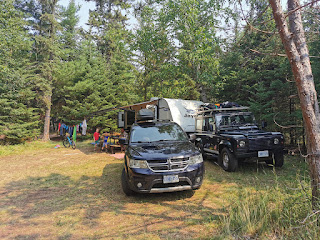
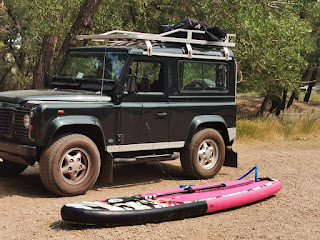















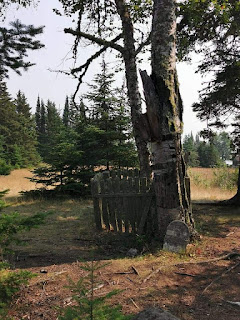
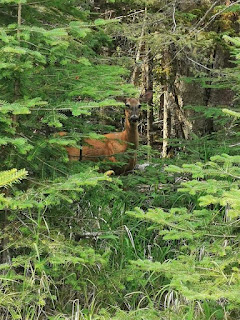



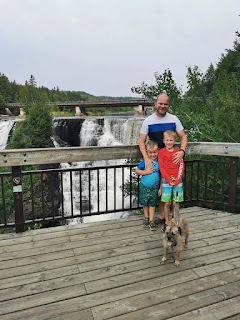


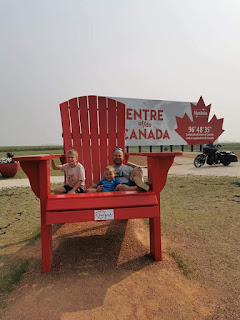



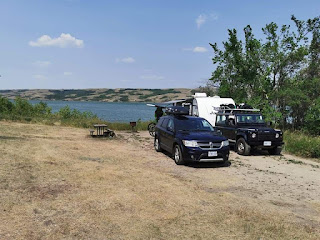



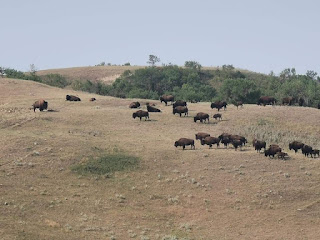
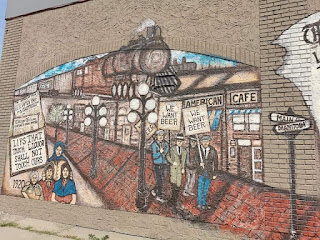


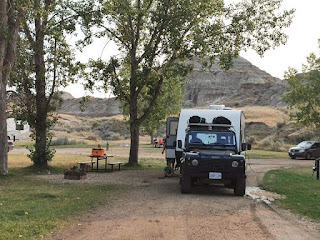

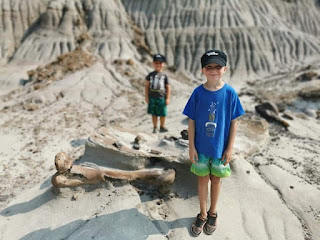

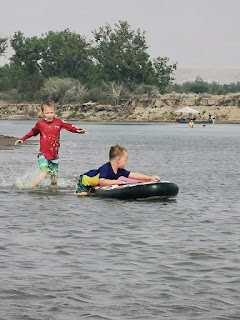


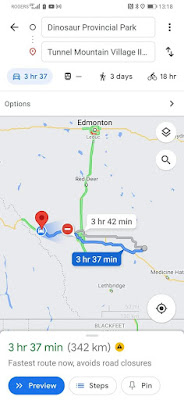






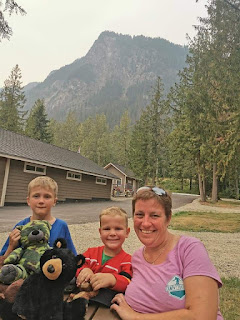






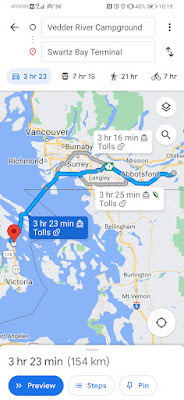
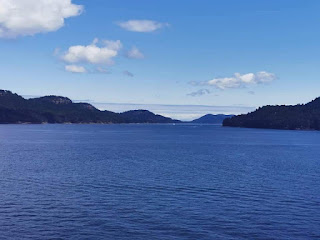





.jpg)
.jpg)
.jpg)


.jpg)


